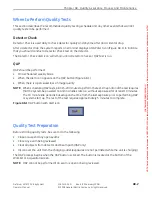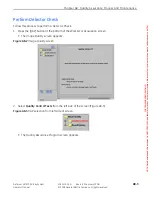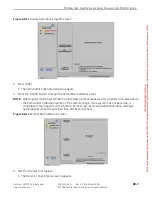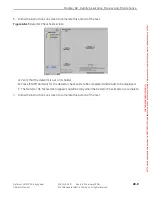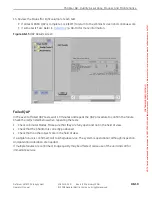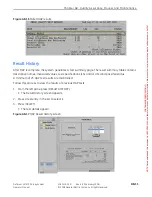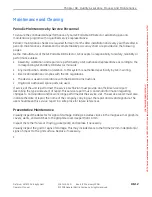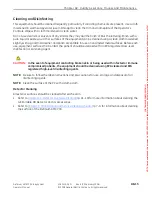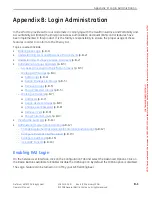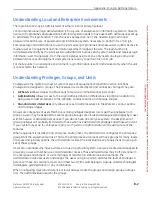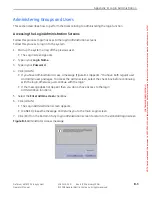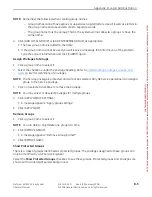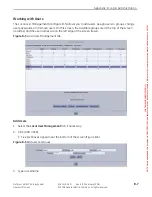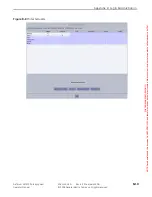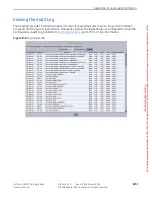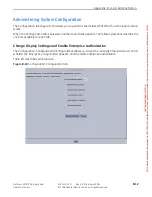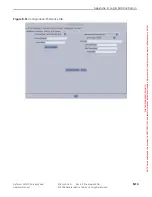
Appendix B: Login Administration
Definium AMX 700 X-Ray System
5161515-1EN
Rev. 6 (10 February 2008)
B-2
Operator Manual
© 2008 General Electric Company. All rights reserved.
Understanding Local and Enterprise Environments
The login function may be administered at either a local or enterprise level.
Local (or stand-alone) login administration is for a piece of equipment or information system to have its
own set of login names and passwords. Each local system needs to have users with admin access set up
to administer the login function. From the user’s perspective, he or she needs a login name and
password for each piece of equipment and information system necessary to perform his or her job.
Enterprise login administration is to use the site’s existing login names and passwords to allow access to
multiple pieces of equipment and information systems throughout the site. The login function is
administered centrally by the site’s system administrator because each system sends and receives login
information over the network. From the user’s perspective, he or she only needs one login name and
password to access all equipment and systems necessary to perform his or her job.
For mobile units in an enterprise environment, login information is sent and received only when the unit
is connected to the network.
Understanding Privileges, Groups, and Users
Privileges are the rights to access a system or piece of equipment and perform certain functions.
Privileges are assigned to groups. The privileges are created by GE and cannot be changed. They are:
•
GE Service
allows access to all functions for service and maintenance personnel.
•
Administrator
allows access to the Login administration and Preferences functions in addition to
being able to add procedures to the Worklist, conduct exams, and manage images.
•
Standard and Limited User
only allows access to add procedures to the Worklist, conduct exams
and manage images.
Groups are categories of users that have certain privileges assigned. Users get their privileges from
groups. A user may be assigned to several groups. Groups are created and assigned privileges by a user
with GE Service or Administrator access. If you do not have an enterprise system, the assignment of
group privileges will probably be limited to those who have administrator privileges and those who don’t.
If your system is set up for enterprise login, your IT person or administrator will be using more of the
features.
When equipment is installed in an enterprise environment, the administrator configures the enterprise
groups that the equipment will use. That is, the enterprise environment will have groups for many levels
of access and job descriptions, the administrator will set the individual piece of equipment to use a sub-
set of those groups.
Users are individuals who have permission to use a particular system. Users are created and assigned to
groups by a user with GE Service or Administrator access. These administrators may be IT personnel in
an enterprise environment, or a site manager or lead tech in stand-alone environments. The
administrator adds new users and assigns the users to a group which dictates the level of privileges a
person will have. For example, a person named Sue Smith could belong to a group called technologists,
radiologists, administrators, or any combination.
When configuring a system (enterprise or local) always create the groups and assign group privileges
first, then add individual users to the groups.
FOR
TRAINING
PURPOSES
ONLY!
NOTE:
Once
downloaded,
this
document
is
UNCONTROLLED,
and
therefore
may
not
be
the
latest
revision.
Always
confirm
revision
status
against
a
validated
source
(ie
CDL).


